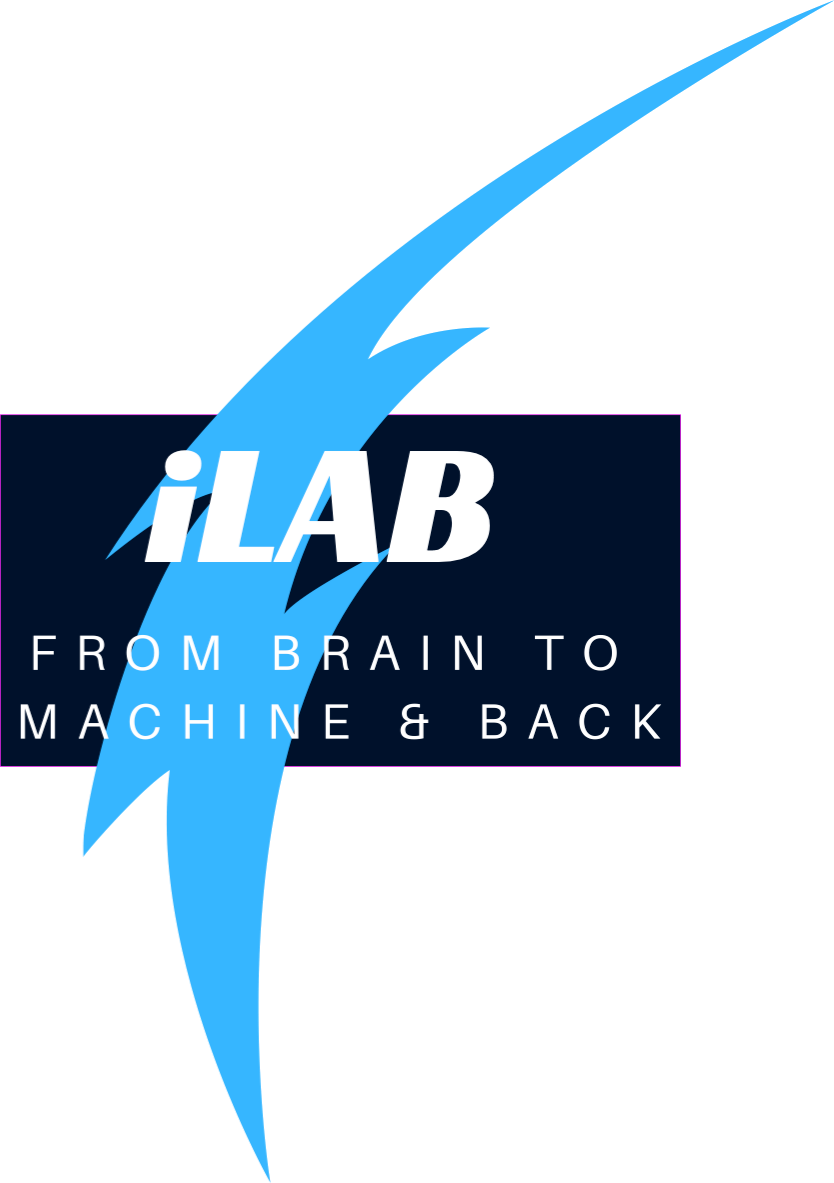The generation of discrete movement with distinct and stable time courses characterizes each human movement and reflect the need to perform catching and interception tasks and for timed action sequences, incorporating dynamically changing environmental constraints.  Several lines of evidence suggest neuronal mechanism for the initiation of movements i.e. in the supplementary motor area (SMA) and the premotor cortex and for movement planning mechanism generating velocity profiles satisfying time constraints.
Several lines of evidence suggest neuronal mechanism for the initiation of movements i.e. in the supplementary motor area (SMA) and the premotor cortex and for movement planning mechanism generating velocity profiles satisfying time constraints.
In order to meet the requirements of on-line evolving trajectories we propose a model, based on dynamical systems which describes goal directed trajectories in humans and generates trajectories for redundant anthropomorphic robotic arms. The analysis of the attractor dynamics based on the qualitative comparison with measurements of resulting trajectories taken from arm movement experiments with humans created a framework able to reproduce and to generate naturalistic human like arm trajectories.
This framework for robust incorporation of fluctuating sensor information, but control of movement time is usually restricted to rhythmic motion and realized through stable limit cycles. The present work uses a Hopf oscillator to produce discrete motion and formulates an on-line adaptation rule to stabilize total movement time against a wide range of disturbances. This is integrated into a dynamical systems framework for the sequencing of movement phases and for directional navigation. With only three parameters the presented framework is able to generate temporal stabilized (timed) discrete movements, dealing with disturbances and maintaining an approximately constant movement time.
The approach is demonstrated within a simulation task in a virtual reality environment as well as with a real anthropomorphic robotic arm (KUKA Lbr aiwa). In addition we aim to replace the robotic manipulator by an exoskeleton for the upper body which will enable the patients to move his or hers own limbs, which would complete the development of a real neuroprosthetic device for every day use.
In the current study we will implant two 96-channel intracortical microelectrode arrays in the primary motor and the posterior parietal cortex (PPC) of an individual with tetraplegia. In the training phase the parameters of the dynamical systems will be tuned and optimized by machine learning algorithms. Rather controlling directly the arm movement and adjusting continuously parameters, the patient adjust by his or hers thoughts the three parameters of the dynamics, which will remain almost constant during the movement.

iLab: From Brain to Machine and Back
iossifidis Lab